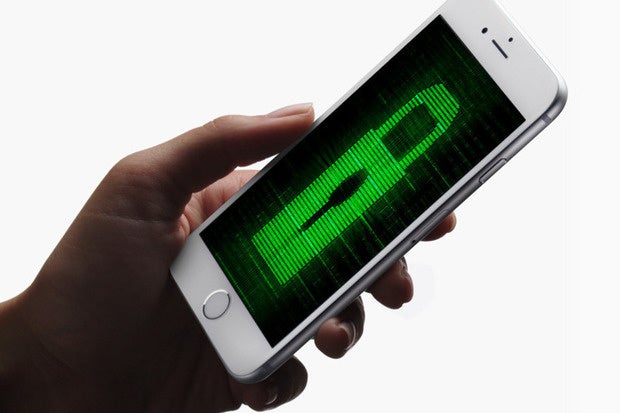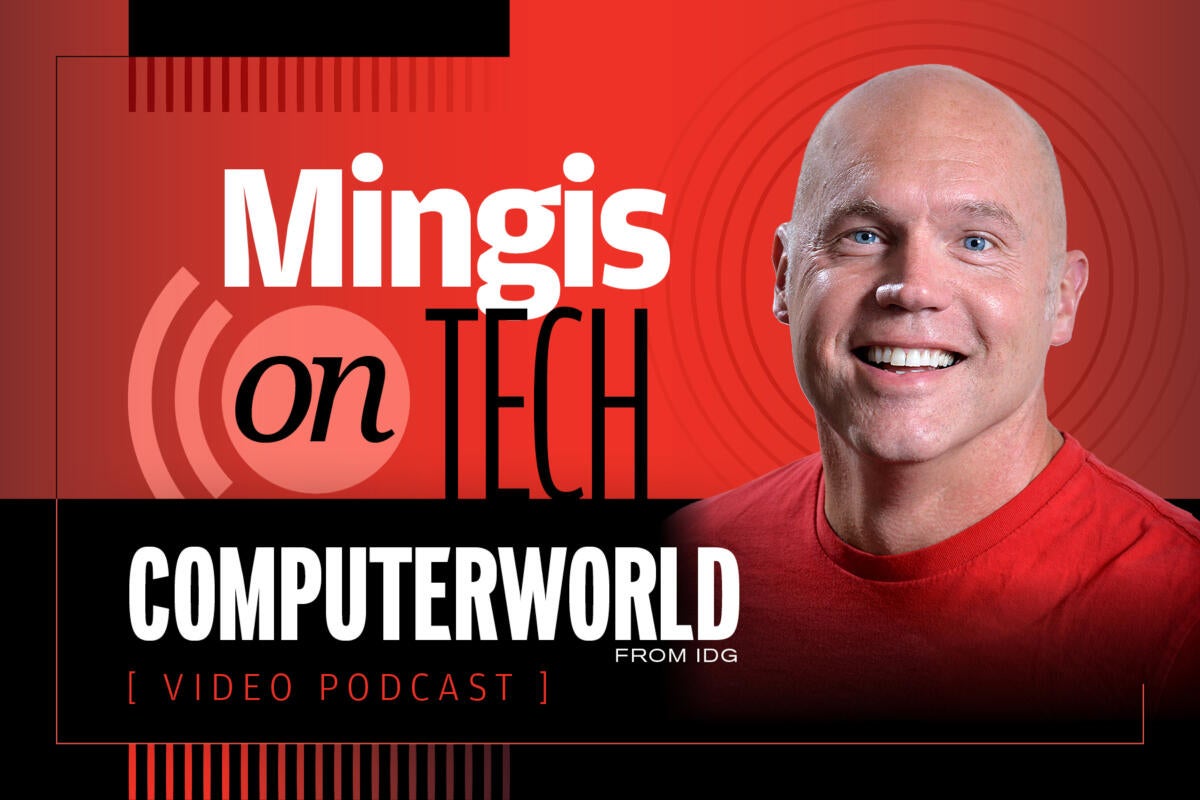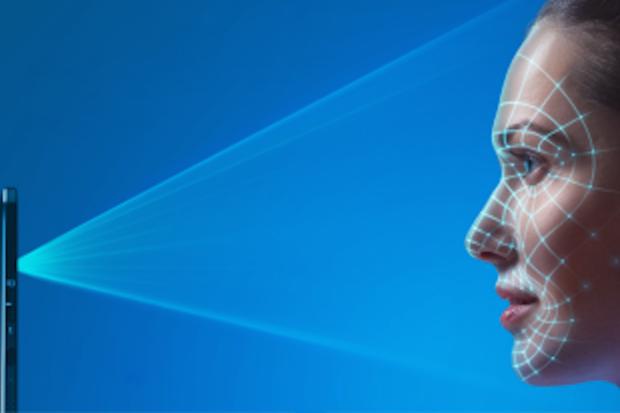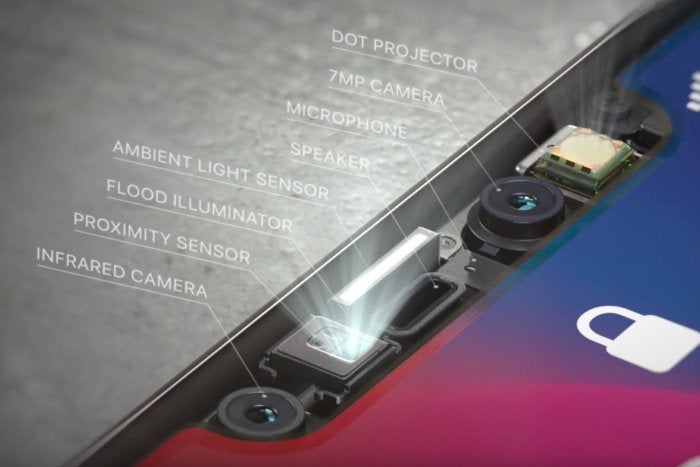Apple’s new iPhone X reads faces. And privacy pundits are gnashing their teeth over it.
The phone’s complex TrueDepth image system includes an infrared projector, which casts 30,000 invisible dots, and an infrared camera, which checks where in three-dimensional space those dots land. With a face in view, artificial intelligence on the phone figures out what’s going on with that face by processing locations of the dots.
Biometrics in general and face recognition in particular are touchy subjects among privacy campaigners. Unlike a password, you can’t change your fingerprints — or face.
Out of the box, the iPhone X’s face-reading system does three jobs: Face ID (security access), Animoji (avatars that mimic users’ facial expressions), and also something you might call “eye contact,” to figure out if the user is looking at the phone (to prevent sleep mode during active use).
To read this article in full or to leave a comment, please click here






